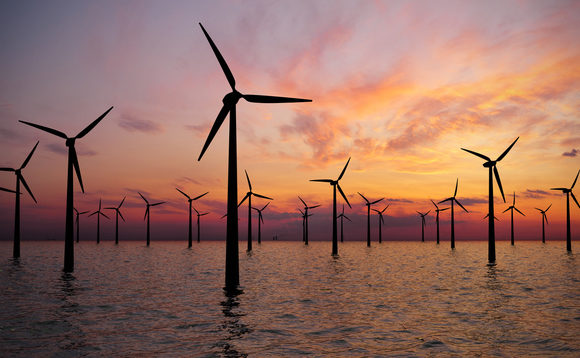Not on the radar: Government to award £14m for air defense friendly offshore wind projects
The government has this week earmarked more than £14m of funding for innovations that can better enable the co-existence of wind farms and the UK’s airspace defence radars.
The Department for Energy Security and Net Zero (DESNZ) and the Ministry of Defence (MoD) announced Tuesday the launch of its Windfarm Mitigation for UK Air Defence: Phase 3 competition through the Defence and Security Accelerator, as it continues to address concerns that some offshore wind farm installations could stifle surveillance radar operations that remain “the backbone of the UK’s air defence”.
Wing Commander Kevin Walton, co-chair of the MOD/Offshore Wind Industry Council Air Defence Mitigation Task Force, said the new latest phase of the funding competition underscored how the MOD was playing an “active role” in the UK’s efforts to deliver on its net zero goals.
“Offshore wind will play a central part in meeting our nation’s renewable energy needs and ensuring energy security for the UK,” he said. “Complementing existing RAF work to mitigate the impacts of large-scale offshore wind farms on our current radars, this exciting innovation competition is a significant step to help find the future solutions that will enable the long-term co-existence of wind farms and the UK’s airspace radars.”
The government has a target to deliver 50GW of offshore wind capacity by 2030 and Energy Security and Net Zero Secretary Grant Shapps recently hinted the goal could be increased given the huge scale of the current project pipeline.
However, concerns that some offshore wind farms could confuse radar signals and adversely impact the quality of data obtained from surveillance radars have resulted in planning objections to some projects and fuelled fears that future projects could be delayed or blocked.
Offshore wind developers and the MoD are confident the impact of wind farms on radar signals can be mitigated through improvements to radar systems and the use of new smart materials on wind turbines. As such, the new innovation competition is inviting applications from projects working to tackle the clutter and desensitisation that radar signals can experience as a result of wind farm projects.
Shapps said the funding had the potential to unlock increased clean energy capacity in UK waters.
“The UK is the Saudi Arabia of wind power in terms of energy,” he said. “We have the greatest capacity in Europe and are home to the world’s four largest offshore wind farms. Working across government, including with the Defence industry, we are unlocking the capacity for the fifth largest wind farm and beyond to further accelerate our dominance of this vital renewable resource. This funding will ensure the UK leads that race all whilst without compromising the UK’s defence and airspace.”
The announcement came on the same day as trade body RenewableUK released figures form its latest Winter Power Update confirming that low carbon power sources produced 5.55TWH of electricity and made up 57.5 per cent of generation between 7 and 20 February. As such, clean power projects helped avoid the equivalent of £1.55bn of gas imports over the period.
The four Winter Power Updates published in 2023 to date covering the period from 27 December 2022 to 20 February reveal that renewables have contributed the equivalent of £7.24bn of gas power in just eight weeks.
Launching RenewableUK’s Winter Power Updates in November, the body’s director of strategic communications, Luke Clark, argued that every unit of power generated from renewables and other low carbon sources reduces the UK’s reliance gas
Source: www.businessgreen.com

